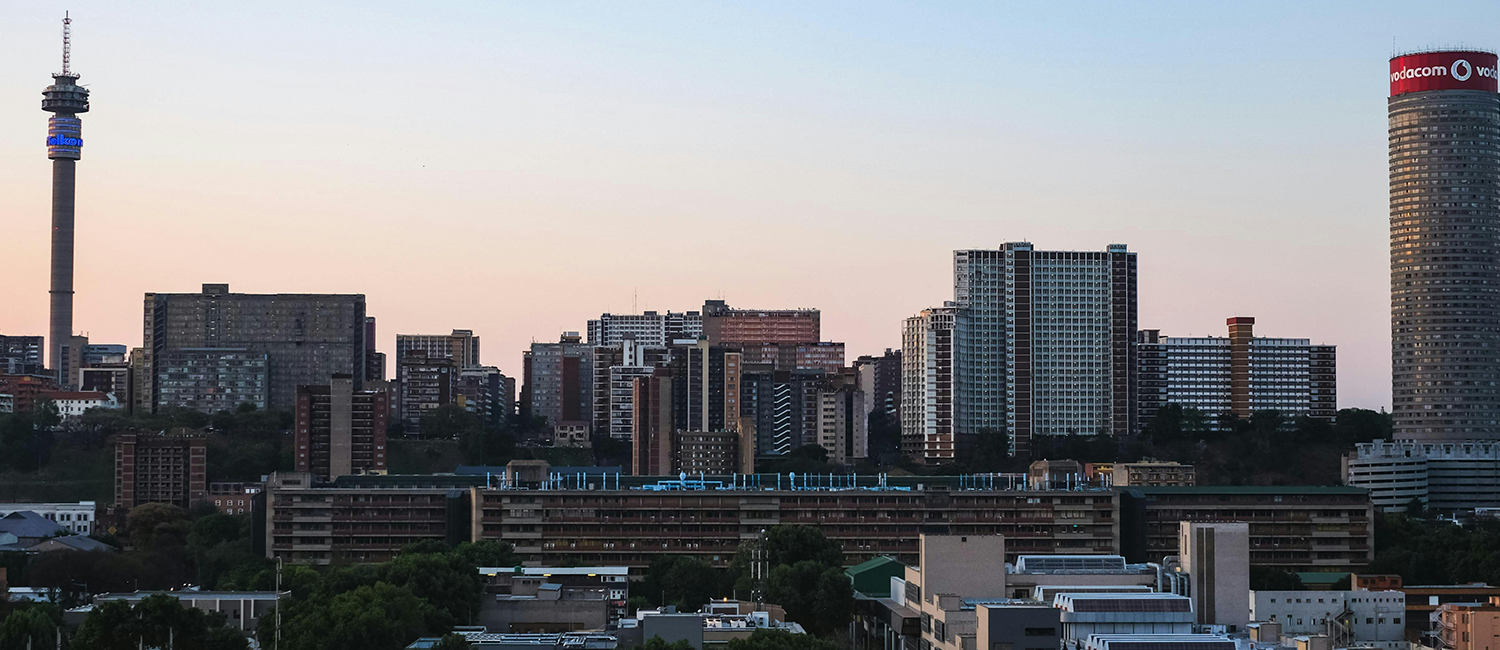WITH the death of Nelson Mandela, the baton has been passed to all of us to continue his legacy of reconciliation, forgiveness and nation-building. The Johannesburg Development Agency has joined people the world over in paying tribute to the great man.
Madiba 2 250At the Shadow Boxer, the JDA team took a few minutes to honour Nelson Mandela’s memoryON the morning of 6 December, just a few hours after President Jacob Zuma told a devastated nation that Nelson Rolihlahla Mandela had died, the Johannesburg Development Agency laid wreaths at the feet of the Shadow Boxer sculpture at the Westgate Precinct, in downtown Joburg.
The sculpture is a tribute to Mandela, one of Africa’s greatest sons, who died at 8.50pm on 5 December in his Houghton home. He was 95 years old, having been born on 18 July 1918 in the small Eastern Cape village of Mvezo. His journey from there was long and arduous, but ultimately victorious.
Fleeing an arranged marriage at home, Mandela arrived in Johannesburg a young ambitious man in 1941. Whether or not he was aware that in this city of gold he would become the liberator of his people and one of the world’s most celebrated statements, only he knows. Given that South Africa’s “giant for justice”, as he has been described by UN Secretary-General Ban Ki-moon, has died, we may never truly know the answer.
This morning, the JDA joined the rest of the world in mourning the passing of one of Africa’s greatest sons. South Africans in Johannesburg can draw inspiration from the path that Mandela walked in their city. His first home here was in Alexandra township, and his first job was as a security guard. But he met ANC activist Walter Sisulu, who secured him a job as an articled clerk at law firm Witkin, Sidelsky and Eidelman – and who became his lifelong friend.
Madiba 3 250Flowers adorn the feet of the Shadow BoxerHe continued with his higher education, studying via correspondence through the University of South Africa. He received his undergraduate Bachelor of Arts degree and then pursued a law degree through the University of the Witwatersrand. However, now absorbed into the liberation movement of the ANC, his studies suffered, leading to him failing his final year three times. He was ultimately denied his degree from that institution in 1949.
He moved from Alex, and in 1946 settled in what is now known as Mandela House, a house-turned-museum in Vilakazi Street, Soweto. He lived there until he was imprisoned in 1962. His life in these years was characterised by arrests, court cases and ultimately, life imprisonment in 1964, although none of this choked his resolve for the freedom of the majority of South Africans. After his release from prison in 1990, he became the first democratically elected president of the country in 1994. He served a single five-year term, before stepping down. He built a home in Qunu, where he had been raised, and divided his time between there and his home in Houghton, Joburg, where he died.
Madiba 4 250For ever an icon that Joburg can be proud ofHe came to Johannesburg an ordinary young man and built a career – he eventually qualified as an attorney in 1952 – and opened a law practice with another ANC activist and lifelong friend, Oliver Tambo. But ultimately, he dedicated his life to the struggle of his people, and the freedom of all.
Johannesburg residents can draw inspiration from Mandela’s journey, though the man known with universal love and respect as Madiba, or Tata – isiXhosa for “father” – leaves a void that can never be filled.

